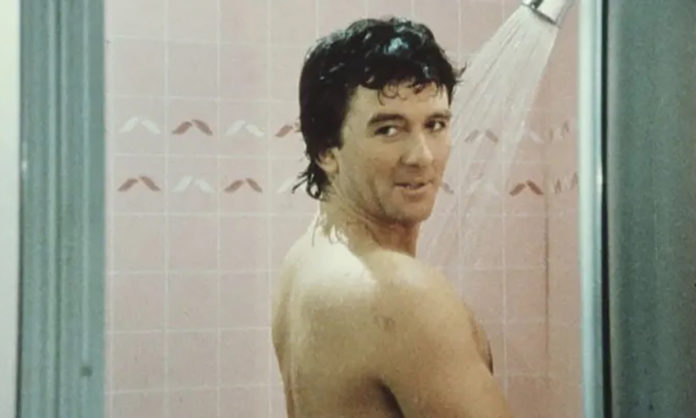In the latest in the Writer’s Digest series on mistakes writers make, editor Moriah Richardson says dropping an unnecessary dream sequence into your story is one to avoid. “Other than to disorient the reader, what is the point of the ‘and then they woke up’ premise?” she writes. “I’m sure there is—in writing, there tends to be an exception to every ‘rule.’ But the majority of the time, readers just feel disoriented, tricked, and even annoyed.
Still, dream sequences have their place, she adds. If you want to reveal your characters’ dreams, be sure they have a purpose, such as:
- A revelation. “Many achieve this by revealing something to your reader that your character doesn’t necessarily want to tell them—or perhaps doesn’t even consciously know themselves,” Richardson writes. “Or maybe they’re not about the past but foreshadowing for the future!”
- Make the dream dreamy. There’s no single way to cue your reader that you’ve entered a dream sequence, but Richardson advises making the sequence short, succinct, and intentionally vague. Heighten emotions or deaden senses so that your reader knows something is amiss.
- Make sure you can’t reveal something another way. Before you go into a dream sequence, ask if there’s any other way you can reveal whatever information you want the reader to know. Don’t dump backstory or necessary information into a dream.
- Follow up. If your dream sequence is important enough to include in the story, it’s important enough for your character to remember. They might be disturbed by it or want to talk about it. Either way, it should continue to haunt them.












